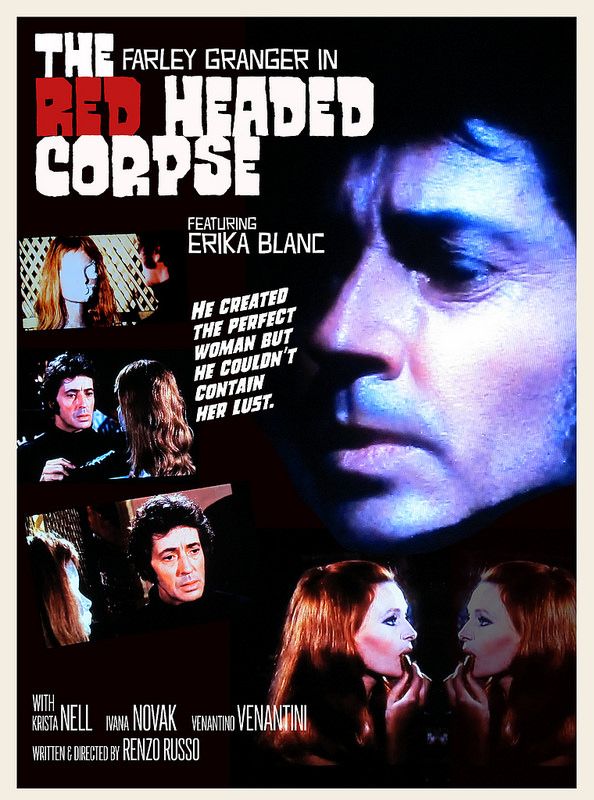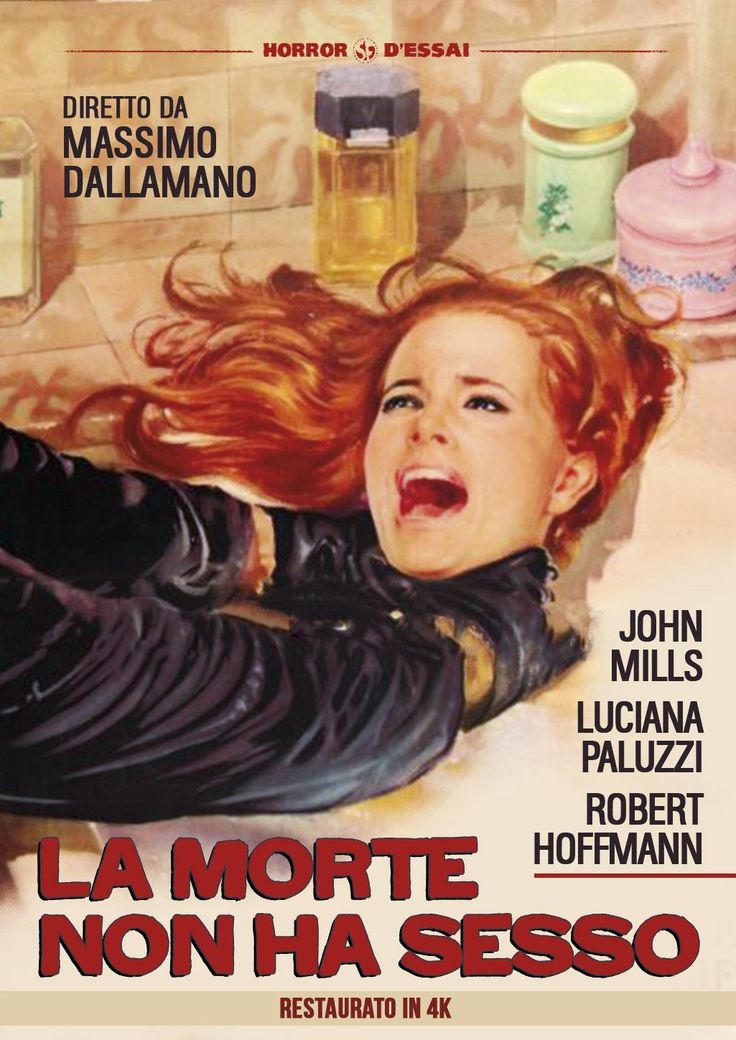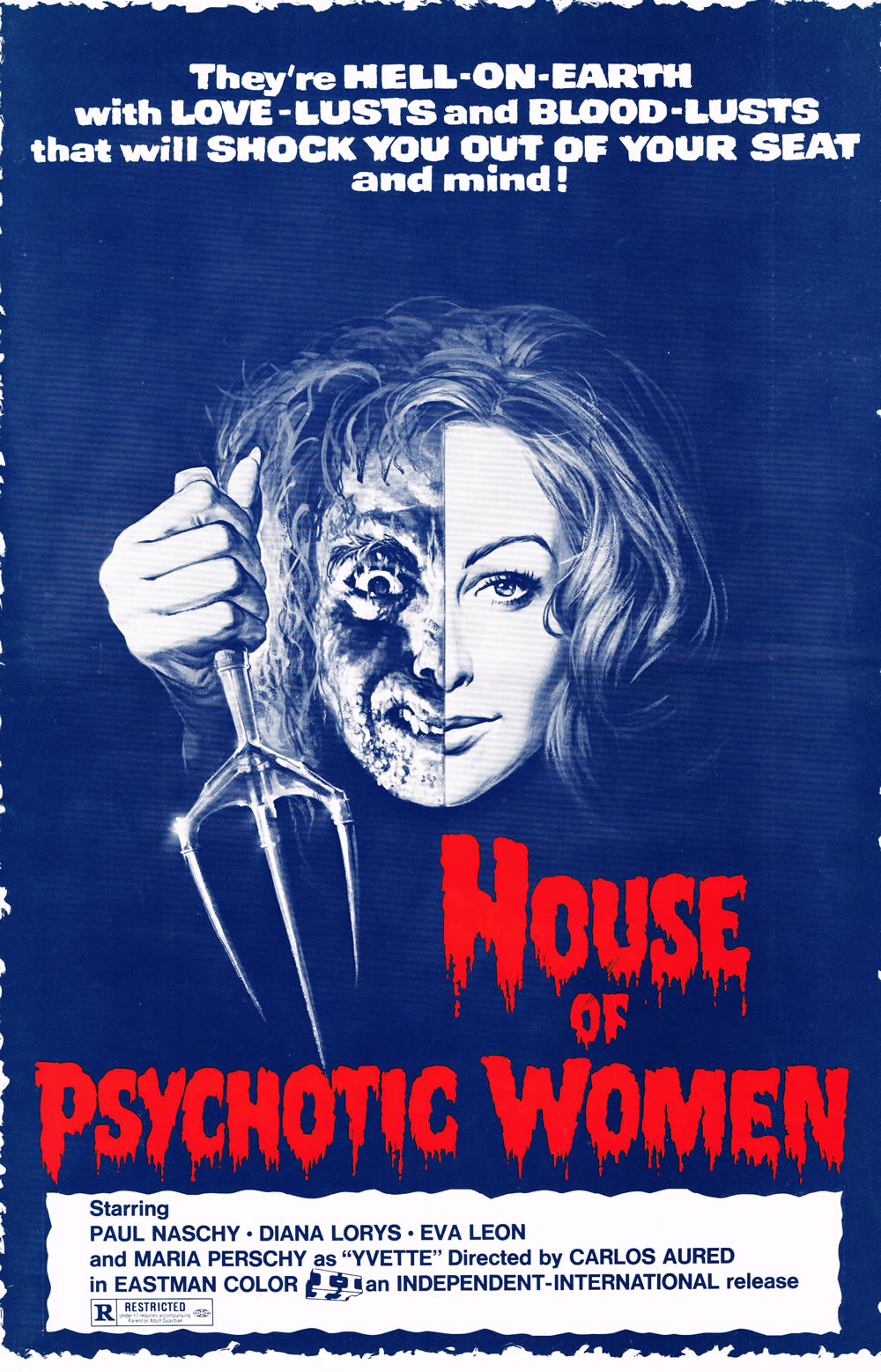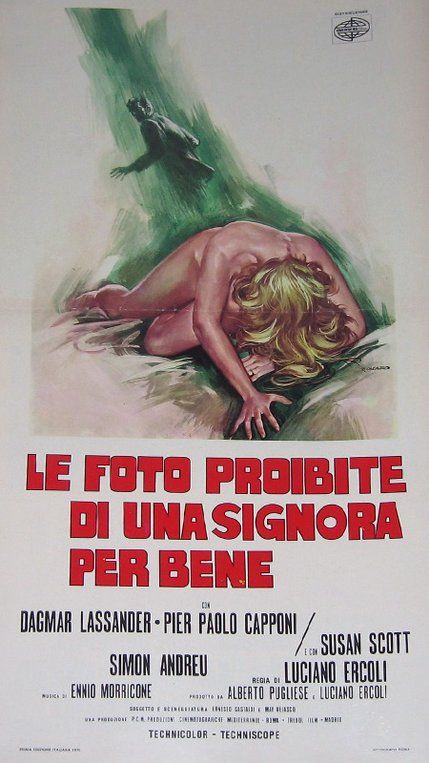After a weird hippie gives him a gift of a mannequin (?!), frustrated artist John Ward does what anyone would do-he takes her home and dresses her up like a prostitute who he's just met and who let him sleep with her for free for no reason and then he fantasises that the mannequin is real and has conversations with her and starts fucking her and then imagines that she's actually his old girlfriend/muse who at some point in the recent past started sleeping around behind his back. Well, that's what I'd do anyway. Anyway, the Sensuous Doll, as the ex-gf/muse seems to be credited, becomes more overt and brazen in her manising, and John becomes more and more consumed with jealousy, with shocking consequences (in a murdery, if not plotty, sense).
It's slightly unclear whether the portion of the film detailing the breakdown of John's relationship (and mind) is a flashback, or if its a subjective depiction of his reliving his recent past through the mannequin. If it's the latter, he engages in a lot of supposition and extrapolation when imagining conversations between other people to which he did not bear witness. Logic suggests it's the former, until an end-of-film 'revelation' tells us that John has been seen chatting away to the mannequin, apparently re-enacting scenes from their past.
I suppose if you view everything as occurring through the crazy filter of Crazy John's mind, it would explain one or two things. For example, the Sensuous Doll's forgiving her clandestine lover-played by Venantino Venantini-abandoning her for a sojourn in Barcelona when he shows her a plane ticket as proof that he was indeed abroad, and not aboard a broad (although he may, of course, have been aboard a broad while abroad). Anyway, why does that plane ticket also gain loverboy his forgiveness-he still abandoned her! (And, he keeps bloody raping her too.*) Even after we seem to have left John's warped perspective behind, the film resolutely refuses to settle down and behave normally. The police apparently decide not to bother investigating whether or not the Sensuous Doll ever did exist as a real person, instead *SPOILER* arresting John for mannequin murder *END SPOILER*. I say 'spoiler'; anyone who has seen any Italian film ever will know where this is going based on the synopsis above. And this film, even though it's technically Italian-Turkish**, is no different.
That's one of the most disappointing things when considering this film as a giallo; the lack of a twist or surprise to liven things up. Even the mannequin aspect, while bizarre, isn't exactly original; Mario Bava had well and truly been there and done that before. The central figure of the tortured artist is also pretty much a classic cliché, even if here he's possibly less tortured and more batshit crazy. If I wanted to stretch this piece out, I'd ruminate on the possible metaphorical significance of the Sensuous Doll as representative of a piece of art which takes on a life of its own, leaving its creator languishing in the dusty doldrums. Sort of like how a director of a successful film for which the star takes all the plaudits might feel. However, from browsing his filmography it doesn't seem like Renzo Russo was the victim of anything of the sort. In fact, this film being a success may have prevented his career seemingly stopping stone dead after its release.
It's not terrible; Farley Granger is always fun to watch, even if he must've been hard up for cash at this stage in his career, such was his omnipresence in Italian genre fare. And Erika Blank and Krista Nell are pretty good to look at as the dolls (calling their characters the Sensuous Doll and Subservient Doll respectively pretty much defines the parameters by which they should be judged, so I can objectify them, thank you very much). There's some good location footage of Istanbul, and the hippie scene is one of the better examples of how middle-aged Italian directors were all at sea when it came to engaging with the counterculture.
There are also moments of visual style, with some neat scene transitions involving characters walking 'through' the camera (again, not original-Bava and Margheriti in particular were fond of this-but you'll find some well-crafted examples of it here). The music is pretty poor for the most part, apart from one unbelievably beautiful and haunting theme, replete with warbly Edda dell'Orso-style vocals, which plays as the mannequin first comes to life. Despite some shaky handheld camerawork, the acting, lighting and (especially) music combine to create a moment of almost transcendental beauty, as the disconnected, damaged artist finds momentary kinship and acceptance and even love, albeit only within his crazy mind.
So, all in all, this is barely a giallo, and doesn't really bring much to the table. I may reassess if I get a chance to view a better presentation than is currently available, but then again I definitely won't. Still worth watching for that transformation scene, though, and then you can sit back and let the nonsense wash over you like a lovely, albeit rape-scented, Turkish bath.
|
|
*This is the second-after Amuck!-Farley Granger film which shares more than a few elements with Straw Dogs; hunting and rape-turning-consensual to be specific.
**Turkey actually had a brief dalliance with the giallo in 1972; a scene-for-scene remake (/rip-off) of The Strange Vice of Mrs Wardh, called 'Thirsty for Love, Sex and Murder' appeared. It managed to knock about 40 minutes from the running time while retaining pretty much the entire plot, and is probably worth a look for completists. |




 RSS Feed
RSS Feed
